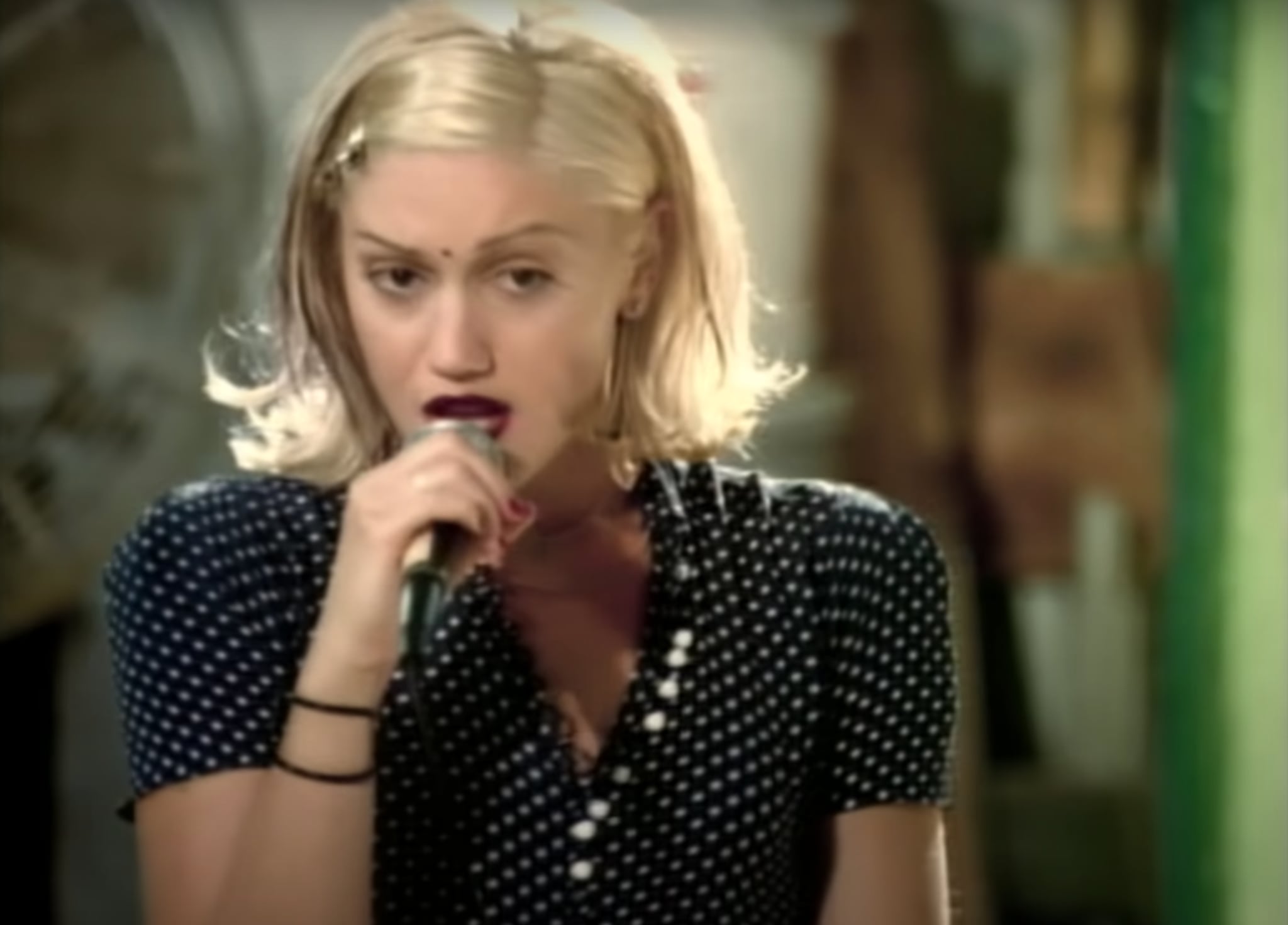I remember watching Gwen Stefani in her ’90s music video No Doubt — Don’t Speak, where she had donned a blue dress with white polka dots and another tiny red dot on her forehead. It seemed odd to me to pair a dress with a bindi but little did I know that this was the beginning of a Western trend.
Two years after the release of Gwen’s album, in 1997, Chicago Tribune proclaimed ‘Bindis are happening’. They cited other celebrities like late pop icon Michael Jackson also getting with the times. US teens were lapping up the trend, and rhinestone bindis with adhesives flew off the shelf at up to $10 (~Rs 700) for 12 packs.

Pop singer Madonna was seen sporting a bindi and henna tattoos with her black outfit for the 1998 MTV music videos award.
By the dawn of the new millennium, it was hard to miss the bindi fad among Hollywood celebrities such as Jessica Simpson, Natalie Portman, and even Miley Cyrus and Selena Gomez.
While the traditional bindi rose to fame on the backs of the Western music industry, who chose to pair it with anything other than a sari or a salwar kameez, its price also rose exponentially, with one pack on US Amazon’s website costing up to $8.99 today.
So when a Twitterati posted the now-viral image of Italian luxury fashion brand, Gucci’s ‘floral embroidery organic kaftan’ priced at $3,500 (~Rs 2.5 lakh), one begins to wonder if there’s a spending limit to the privileged Westerner’s shopping list for everyday items of Indian origin?
The ‘ivory eco solarised organic linen’ that is ‘enriched with a floral embroidery, and self-tile tassels’ was called out by Twitteratis who pointed out that the kaftan was, in fact, a ‘kurta’ and others who claimed to get a similar outfit for Rs 500 at their nearest shopping mall.
Gucci selling an Indian kurta for 2.5 lakhs ? I’ll get the same thing for 500 bucks 💀 pic.twitter.com/Opw2mO5xnV
— nalayak (@samisjobless) June 1, 2021
Of Lungis & Turbans
With The Beatles coming to Yogi Maharishi’s ashram in Rishikesh (then-Uttar Pradesh) in 1968, they opened the floodgates to several other celebrities like Mia Farrow, Steve Jobs, and the Beach Boys. Like many others in India, this ashram has almost become a rite of passage among ‘health-conscious’ Westerners who clamour to don white Indian kurtas and malas.
But little do they know that the kurta is mentioned in the Indus Valley Civilisation. “A bronze rattling mirror from the 4th-5th Century BC during the Pre-Mauryan era has been discovered which portrayed ladies wearing a tight-fitting, either chest-sized choli or waist-length blouse that is a variant of the Kurti,” writes Divyanshi Sharda in an article titled — Historical Analysis of Traditional Indian Salwar Kurta: Ancient to Present.
She further writes, “A statue from the 3rd Century BC Udayagiri and Khandagiri Caves in Odisha denote a possible warrior wearing an achkan or ancient angarkha (a knee-length or ankle-length long Kurta, unslit).”
The humble kurta, which was once worn by men who went to war, trickled down from the Northern states to become a common go-to for ‘traditional wear’ and helped us acclimatize to Indian summers.
But this isn’t the first time the luxury brand was called out for cultural appropriation. Gucci faced backlash from the Sikh community in 2018, who pointed out that their turbans were “not mere fashion accessory (sic)”.
The Sikh turban is a sacred article of faith, @gucci, not a mere fashion accessory. #appropriation
We are available for further education and consultation if you are looking for observant Sikh models.https://t.co/jv3E73UOH3— Sikh Coalition (@sikh_coalition) February 23, 2018
The item initially referred to as ‘Indy Turban’ and later as ‘Indy Full Head Wrap’ was sold for $790 US dollars, approximately Rs 56,000.
In 2018, fast-fashion Spanish retailer Zara sold a ‘checked skirt’ for £69.99 (~Rs 7,210). This wrap-around item bore a striking resemblance to the Indian lungi.
While some say Gucci’s brand is what makes the kurta’s price worth it, others point fingers at big brands ‘appropriating Indian culture’. But it is worth noting that a tailor-made kurta awaits any willing customer who dares to venture into the bylanes of Delhi’s Sarojini market or Mumbai’s Fashion Street for a fraction of the brand’s selling price.
Maybe some of us should start making ‘organic kaftans’ and start shipping them to the West. Clearly, there is a fortune to be made.
(Edited by Vinayak Hegde)
No comments:
Post a Comment